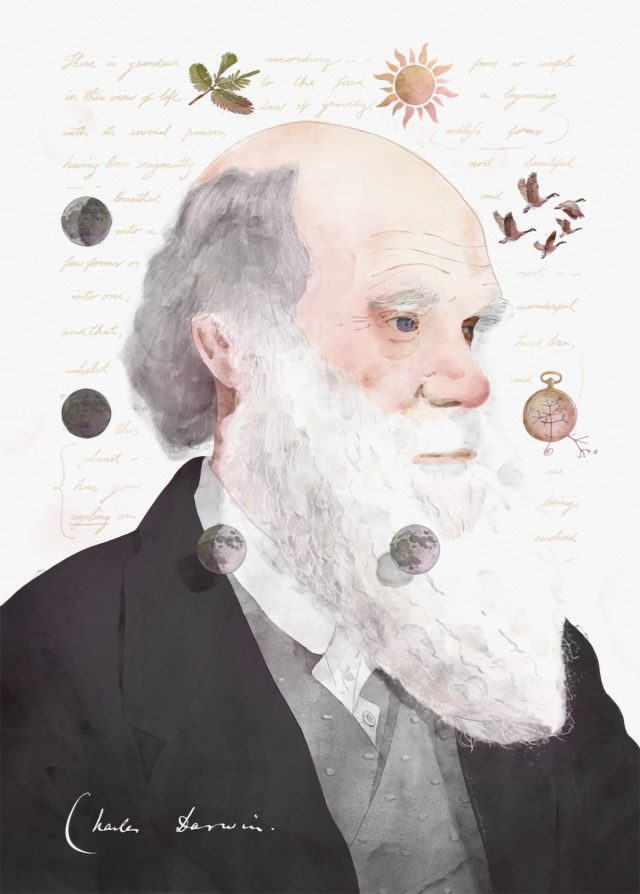
Darwin studied biological rhythms in plants and animals, recognizing their adaptive value. His work, explored today as part of chronobiology, examined daily and seasonal cycles, contributing to our understanding of nature’s temporal patterns.
A thorough examination of Darwin’s writings reveals a profound interest in cyclical events in nature. Rhythmic phenomena, now studied in the field of chronobiology, have been a focus of scientific inquiry since at least the 18th century.
In a perspective, Tiago Gomes de Andrade and Andrew D. Beale examined the writings and work of Charles Darwin to explore and share the eminent naturalist’s deep fascination with biological rhythms.
Darwin’s work on the “sleep movements” in plants, published in 1880 with his son Francis is well known. This work examined the daily cycle of opening and closing of leaves. But as far back as 1838, Darwin was taking notes on whether plants that close their leaves in response to touch might also show daily rhythms.
Observations of Biological Rhythms Throughout His Career
Throughout his career, he took note of seasonal and daily biological rhythms, including diurnal and nocturnal habits in animals, seasonal migrations, cyclical changes associated with reproduction, hibernation patterns, and tidal rhythms, among other temporal patterns.
Darwin recognized the heritability and adaptive nature of many of these rhythms, from the timing of mating seasons to correspond with peak vigor to the evening timing of plant perfume release to communicate with nocturnal pollinators.
According to the authors, Darwin’s observations and experiments show a profound engagement in what is now termed chronobiology.
Reference: “Darwin and the biological rhythms” by Tiago G de Andrade and Andrew D Beale, 27 August 2024, PNAS Nexus.
DOI: 10.1093/pnasnexus/pgae318




